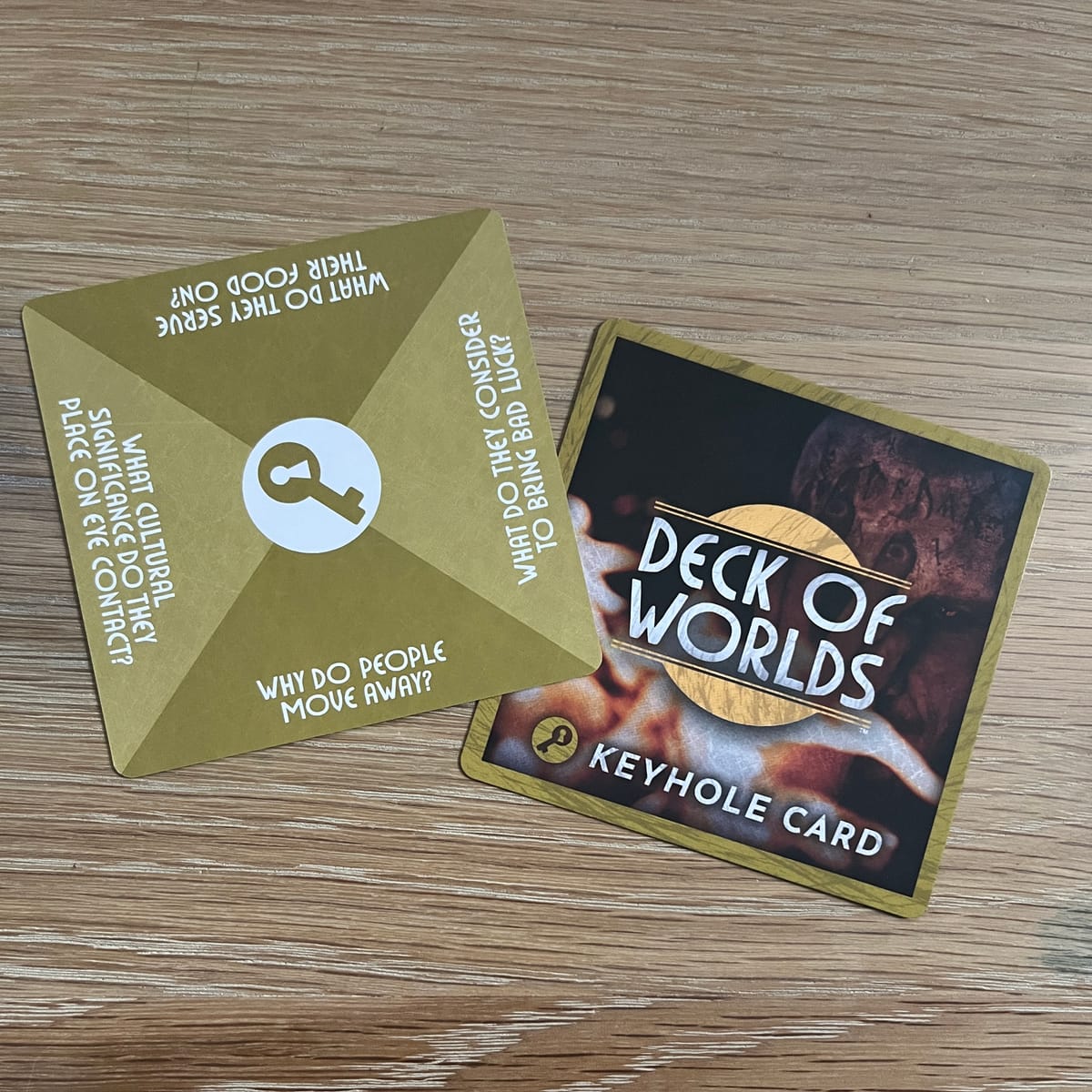Fell Runner: Cultural Keyholes
a walk-through of how I use some Story Engine Deck expansions

first, let me say: I don’t make a commission off of the story engine stuff. this isn’t an ad. it’s not sponsored. this is straight up an integrated part of my process.
Last week, when I had my chat with Miroki of The Story Engine deck, we gave a few examples of some of the work I used the various Story Engine decks, expansions, and other accoutrements on. We didn’t have the room, really, for me to talk about how I do all of that in sheer detail, but I do love to talk about it, because every writer loves to talk about writers block and how to get out of it and around it, etc. (In fact, it got brought up again at the talk in York yesterday!)
It turns out, when I got back to London and tried to work my way back into Fell Runner, the next novella on the docket, that I was stuck. Still stuck, that is.
I turned to the cards.

